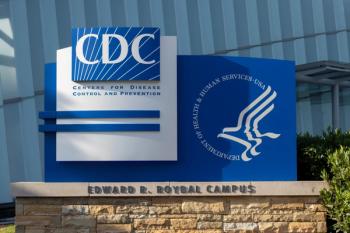
CDC Data: Adult, Youth Obesity Rates Through the Roof
The American Heart Association calls for increased efforts to reduce obesity rates.
New CDC data from the National Health and Nutrition Examination Survey (NHANES) revealed that obesity rates among adults and teens has hit an all-time high, at 40% and 20%, respectively.
The sky-high obesity rates in the United States and disparities across different racial and ethnic groups increase concerns about how to prevent and reduce the condition, according to a press release from the American Heart Association (AHA).
“The disparities in obesity rates among blacks and Hispanics, both young and old, are shocking — we can and must do better,” said Nancy Brown, CEO of the AHA. “Our nation will continue to be in the midst of this public health crisis until we drive transformative change in every community. We have the tools. We just need to employ them.”
NHANES is a national survey that includes interviews and examinations that track disease rates in America. In addition to NHANES data, other studies indicate that public health efforts have slowed the rate of obesity; however, the rate continues to rise, according to the release.
The AHA reports that the high rate of obesity among adults and teens calls for more intense efforts to prevent and reduce the condition.
“These staggering statistics are unacceptable. Every child needs and deserves the opportunity to be healthy,” Brown said. “Parents and teachers are calling on their communities to ensure school standards for nutrition and physical education that enable millions of children to fuel their bodies and strengthen their hearts. It is our moral imperative to advocate for national, state and local policies that promote good nutrition and physical activity for our children.”
Patients with obesity are more likely to develop diabetes, heart disease, and
The AHA said that they have partnered with transportation and community planners to ensure that individuals can safely walk and bike to increase physical activity levels.
These and other initiatives aim to reduce the obesity epidemic facing the United States.
“We know the basics of supply and demand help people eat healthier and move more,” said Eduardo Sanchez, MD, MPH, chief medical officer for Prevention at the AHA. “It will take a massive push from the food and beverage industry to increase the supply of affordable, healthy, nutritious foods and fewer sugary drinks. And it takes a tremendous effort on the part of consumers to demand healthier products and policies in their communities. We all have to do our part.”
Newsletter
Stay informed on drug updates, treatment guidelines, and pharmacy practice trends—subscribe to Pharmacy Times for weekly clinical insights.




















































































































































































































